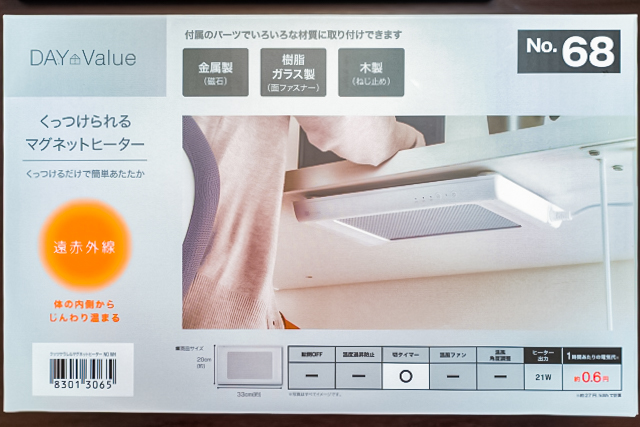
Stay warm all winter with this heated furniture hack.
One of the best things about nights at home during winter in Japan is being able to stay warm under a kotatsu, a low table with a heater attached to the underside. However, these days a lot of day-to-day activities in Japanese homes revolve around much higher tables, including western-style dining tables and study desks, and while these are great for ergonomics, one problem becomes apparent when winter rolls around: it’s much colder to sit at them.
This lack of heating at modern tables has led Japanese furniture and home accessories retail chain Nitori to come up with a creative solution called the “Adhesive Magnet Heater”. The concept behind the new product is simple — it can be stuck to the underside of tabletops to replicate the toasty feeling of a kotatsu
▼ According to the box it comes in, the heater provides “simple heat just by sticking it on”.
Our Japanese-language reporter Egawa Tasuku had heard good things about the heater, which has been causing a buzz online, so he purchased one of the heaters via the company’s website to test it out. When it arrived, Egawa found it was a compact and slimline heating device, measuring 20 centimetres (7.8 inches) by 33 centimetres.
▼ With an output of 21 watts, one hour of usage — at 27 yen per 1 kilowatt hour — is said to cost approximately 0.6 yen (US$0.006).
As the product name and advertising image suggests, the heater is designed to be stuck onto the underside of a table, and it can be used on metal, glass, or wood surfaces. The box contains: the heater itself; a set of instructions; strong double-sided 3M tape, for use with glass surfaces; a metal backplate with magnets for use on metal surfaces; and screws and attachments, for wooden surfaces.
Egawa’s desk was made of wood but he didn’t want to screw through it, so he took a risk and went for the double-sided tape option instead.
▼ He was happy to find it adhered easily to the underside of the desk, and didn’t feel like it was going to fall of at all.
When he sat on his desk chair, the distance from the heating element to his knees was roughly 18 centimetres.
To operate the heater, all you have to do is press the power button on the right and then use the button on the left to select whether you want it to run for one, two or three hours. The fact that it limits the time it can be used is a great safety — and power-saving — feature, and because it heats with far-infrared rays, there are no fans and no sound, so it’s really quiet to use.
After turning the power on, the device gradually heated up, and Egawa tapped the heater with his hand (don’t try this at home!) to see just how hot it was. It felt hot, but it didn’t burn his hand, which is actually a good thing as you wouldn’t want to burn your thighs if they accidentally brushed by the heater.
However, Egawa kind of wanted it to generate a little more heat, because his toes and ankles weren’t able to really warm up with the 21-watt heater. This could’ve been partly due to the fact that the room Egawa was sitting in wasn’t exactly warm — it was about 15 degrees Celsius (59 degrees Fahrenheit) — and the table he was sitting at didn’t have a heavy blanket around it like a traditional kotatsu, which is the real key to keeping the warmth in.
And maybe that’s the reason why this this Nitori heater costs just 4,990 yen (US$47.70), while this high-legged kotatsu (with blanket) costs 25,800 yen (US246.60).
Given the huge price difference, the Nitori heater is a great alternative to buying an expensive kotatsu, and Egawa now has plans to cover his desk with a blanket and add a separate tabletop on top, just like a traditional kotatsu…so he can trap the heat in and stay nice and warm indoors when he’s not outdoors investigating weirdly shaped supermarkets.
Related: Nitori
Photos © SoraNews24
● Want to hear about SoraNews24’s latest articles as soon as they’re published? Follow us on Facebook and Twitter!
[ Read in Japanese ]

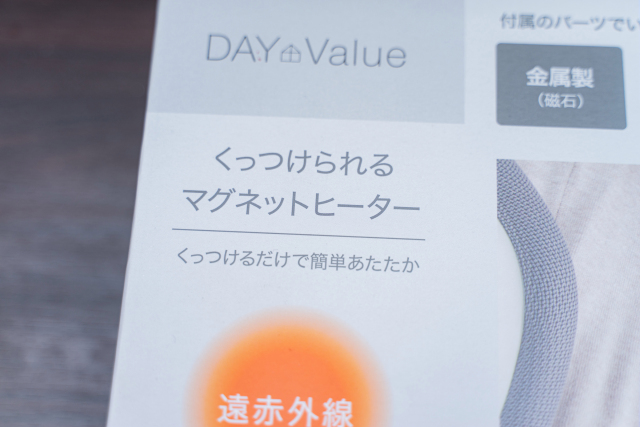
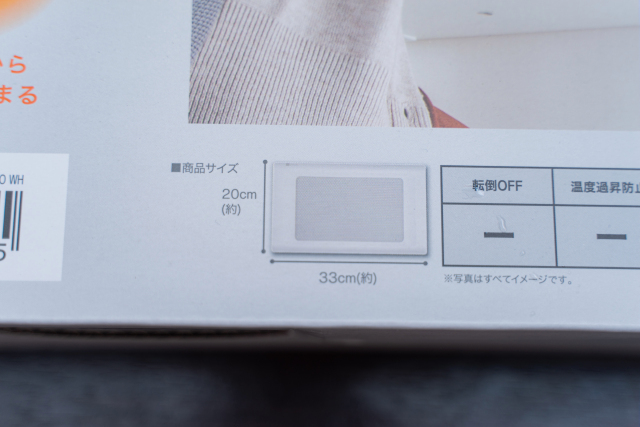
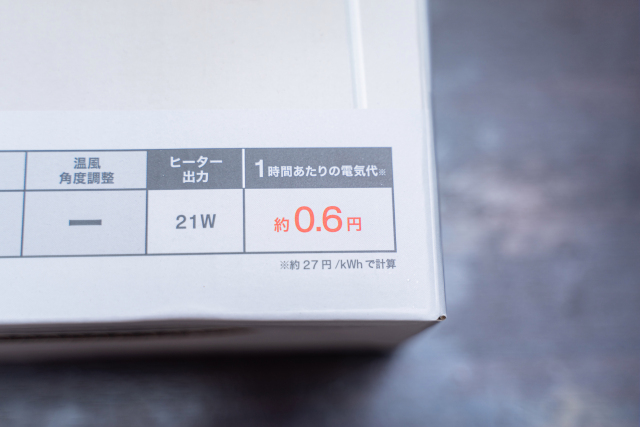
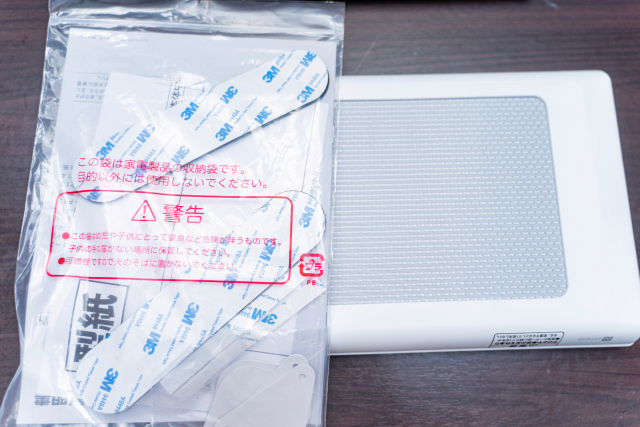
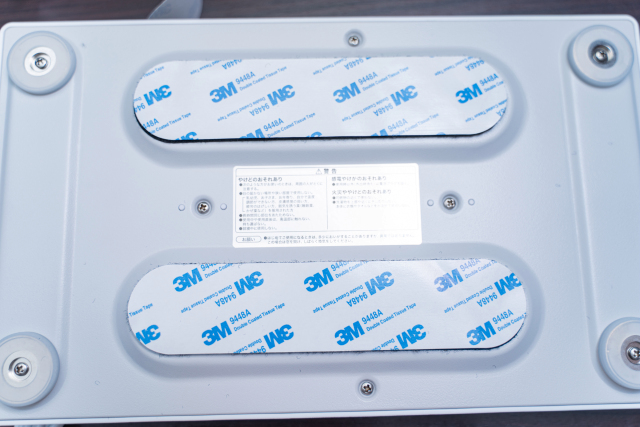
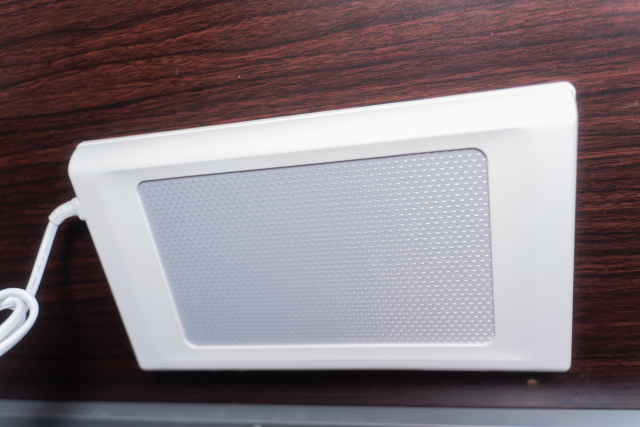
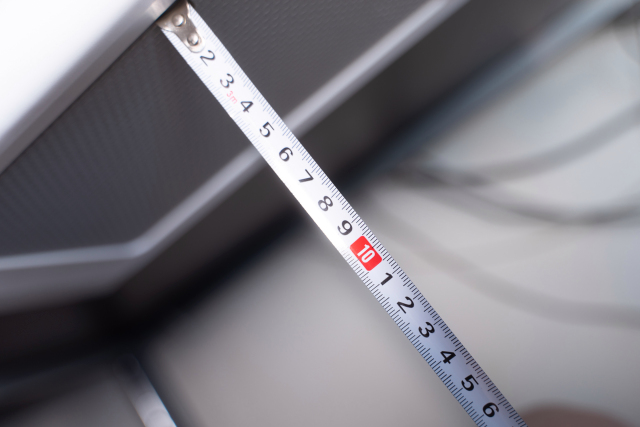
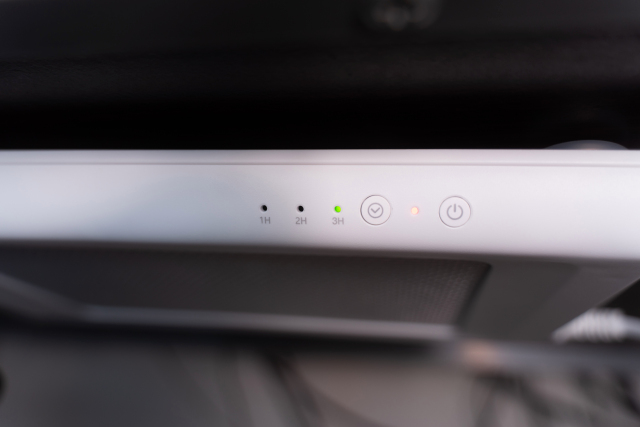
 A winter work-from-home essential from Japan: The kotatsu desk【Photos】
A winter work-from-home essential from Japan: The kotatsu desk【Photos】 Kotatsu heated tables for sofas rising in popularity, giving Japan best of both worlds this winter
Kotatsu heated tables for sofas rising in popularity, giving Japan best of both worlds this winter The world’s best invention is now even better in the form of a specially built gaming kotatsu
The world’s best invention is now even better in the form of a specially built gaming kotatsu Kotatsu with storage space solves the biggest problem with Japan’s awesome heated tables
Kotatsu with storage space solves the biggest problem with Japan’s awesome heated tables Three kotatsu-boosting items to turn your home into a toasty fort against winter’s cold
Three kotatsu-boosting items to turn your home into a toasty fort against winter’s cold Hayao Miyazaki says Happy New Year to Studio Ghibli fans with new art for Year of the Horse
Hayao Miyazaki says Happy New Year to Studio Ghibli fans with new art for Year of the Horse Starbucks Japan ready to get Year of the Horse started with adorable drinkware and plushies【Pics】
Starbucks Japan ready to get Year of the Horse started with adorable drinkware and plushies【Pics】 Harajuku’s new permanent Tamagotchi shop is filled with cuteness and a surprising lack of poop
Harajuku’s new permanent Tamagotchi shop is filled with cuteness and a surprising lack of poop 7 great places to see Mt. Fuji from without having to climb it
7 great places to see Mt. Fuji from without having to climb it How to say “I love you” in Japanese – 47 different ways 【Videos】
How to say “I love you” in Japanese – 47 different ways 【Videos】 Japanese park’s English dog turd warning minces no words【Why does Engrish happen?】
Japanese park’s English dog turd warning minces no words【Why does Engrish happen?】 Japanese thug wear from Birth Japan perfect for those breaking bad next year
Japanese thug wear from Birth Japan perfect for those breaking bad next year We predict 7-Eleven’s new Zero Cider Triple drink is gonna be the hit drink of 2022【Taste Test】
We predict 7-Eleven’s new Zero Cider Triple drink is gonna be the hit drink of 2022【Taste Test】 Starbucks Japan releases a Sunset Frappuccino as a sayonara to summer
Starbucks Japan releases a Sunset Frappuccino as a sayonara to summer This ad for Ueno Clinic makes no sense… until you realize what the clinic specializes in【Video】
This ad for Ueno Clinic makes no sense… until you realize what the clinic specializes in【Video】 7-Eleven Japan’s ramen-cooking robot whipped us up a bowl of noodles【Taste test】
7-Eleven Japan’s ramen-cooking robot whipped us up a bowl of noodles【Taste test】 Cyberpunk anime meets traditional culture in Ghost in the Shell gold leaf Japanese changing screens
Cyberpunk anime meets traditional culture in Ghost in the Shell gold leaf Japanese changing screens Hello Kitty Choco Egg figures are an adorable trip through three periods of Japanese pop culture【Pics】
Hello Kitty Choco Egg figures are an adorable trip through three periods of Japanese pop culture【Pics】 Japan’s otoshidama tradition of giving kids money at New Year’s gets a social welfare upgrade
Japan’s otoshidama tradition of giving kids money at New Year’s gets a social welfare upgrade We found possibly the quietest Japanese-style hotel in Tokyo’s bustling Shinjuku district
We found possibly the quietest Japanese-style hotel in Tokyo’s bustling Shinjuku district Lacquerware supplier to emperor of Japan and Pokémon team up for new tableware
Lacquerware supplier to emperor of Japan and Pokémon team up for new tableware Sumo Sanrio! Hello Kitty and pals team up with Japan Sumo Association for new merch【Pics】
Sumo Sanrio! Hello Kitty and pals team up with Japan Sumo Association for new merch【Pics】 Can a dirty butthole make you filthy rich in Japan? We’re starting a New Year’s lottery experiment
Can a dirty butthole make you filthy rich in Japan? We’re starting a New Year’s lottery experiment 7-Eleven Japan starts new temporary luggage storage service in over 300 branches
7-Eleven Japan starts new temporary luggage storage service in over 300 branches Disillusionment at Tsukiji’s tourist-target prices led us to a great ramen restaurant in Tokyo
Disillusionment at Tsukiji’s tourist-target prices led us to a great ramen restaurant in Tokyo Starbucks teams up with 166-year-old Kyoto doll maker for Year of the Horse decorations【Photos】
Starbucks teams up with 166-year-old Kyoto doll maker for Year of the Horse decorations【Photos】 Tokyo considering law requiring more trash cans following litter increase in heavily touristed area
Tokyo considering law requiring more trash cans following litter increase in heavily touristed area Tokyo’s Tsukiji sushi neighborhood asks tour groups to stay away for the rest of the month
Tokyo’s Tsukiji sushi neighborhood asks tour groups to stay away for the rest of the month Nintendo’s Kirby now delivering orders at Kura Sushi restaurants, but not in Japan
Nintendo’s Kirby now delivering orders at Kura Sushi restaurants, but not in Japan Tokyo event lets you travel back in time, for free, to celebrate 100 years since Showa era start
Tokyo event lets you travel back in time, for free, to celebrate 100 years since Showa era start Sanrio theme park in Japan announces plans to expand into a Sanrio resort
Sanrio theme park in Japan announces plans to expand into a Sanrio resort Japan may add Japanese language proficiency, lifestyle classes to permanent foreign resident requirements
Japan may add Japanese language proficiency, lifestyle classes to permanent foreign resident requirements Survey asks foreign tourists what bothered them in Japan, more than half gave same answer
Survey asks foreign tourists what bothered them in Japan, more than half gave same answer Japan’s human washing machines will go on sale to general public, demos to be held in Tokyo
Japan’s human washing machines will go on sale to general public, demos to be held in Tokyo Japan’s deadliest food claims more victims, but why do people keep eating it for New Year’s?
Japan’s deadliest food claims more victims, but why do people keep eating it for New Year’s? We deeply regret going into this tunnel on our walk in the mountains of Japan
We deeply regret going into this tunnel on our walk in the mountains of Japan Studio Ghibli releases Kodama forest spirits from Princess Mononoke to light up your home
Studio Ghibli releases Kodama forest spirits from Princess Mononoke to light up your home Major Japanese hotel chain says reservations via overseas booking sites may not be valid
Major Japanese hotel chain says reservations via overseas booking sites may not be valid Put sesame oil in your coffee? Japanese maker says it’s the best way to start your day【Taste test】
Put sesame oil in your coffee? Japanese maker says it’s the best way to start your day【Taste test】 No more using real katana for tourism activities, Japan’s National Police Agency says
No more using real katana for tourism activities, Japan’s National Police Agency says Starbucks Japan reveals new sakura drinkware collection, inspired by evening cherry blossoms
Starbucks Japan reveals new sakura drinkware collection, inspired by evening cherry blossoms Updated cherry blossom forecast shows extra-long sakura season for Japan this year
Updated cherry blossom forecast shows extra-long sakura season for Japan this year You and your family can kiss productivity goodbye with this ginormous kotatsu futon
You and your family can kiss productivity goodbye with this ginormous kotatsu futon Japan’s Gaming Kotatsu Futon blanket is here to keep you warm, and gaming, all winter long
Japan’s Gaming Kotatsu Futon blanket is here to keep you warm, and gaming, all winter long New heater-less pet kotatsu is a safe way to keep your furry friends warm this winter
New heater-less pet kotatsu is a safe way to keep your furry friends warm this winter Tokyo kotatsu cafe wants to keep your legs warm and your coffee VERY cold
Tokyo kotatsu cafe wants to keep your legs warm and your coffee VERY cold The Kotanpo is coming to save Japan from the cold this winter【Photos】
The Kotanpo is coming to save Japan from the cold this winter【Photos】 Japan’s tallest Ferris wheel adds kotatsu and hot sake service for a warm way to chill in the sky
Japan’s tallest Ferris wheel adds kotatsu and hot sake service for a warm way to chill in the sky Mr. Sato tries out ‘the Life Ruiner’, a wearable kotatsu – will it ruin his life?
Mr. Sato tries out ‘the Life Ruiner’, a wearable kotatsu – will it ruin his life? This crazy box of heat from China is how we want to wait out winter
This crazy box of heat from China is how we want to wait out winter Pet owner’s saga of buying a kotatsu for her cat doesn’t go as planned (or does it?)
Pet owner’s saga of buying a kotatsu for her cat doesn’t go as planned (or does it?) Japan’s latest work-from-home innovation: The wearable video conference background【Photos】
Japan’s latest work-from-home innovation: The wearable video conference background【Photos】
Leave a Reply